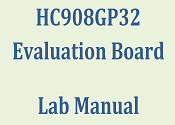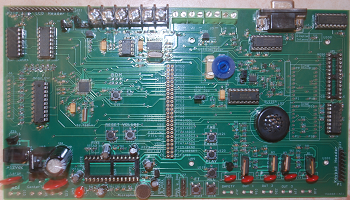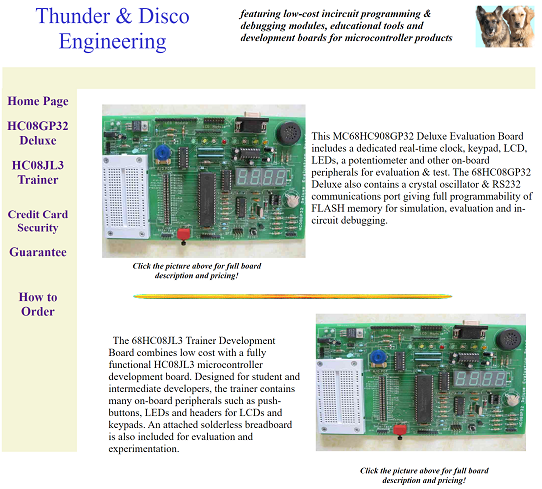
The ThunderDisco venture started with my interest in learning microcontroller programming (using C with CodeWarrior IDE). Using various layout tools, a circuit PCB board with various sensors was created. Parts were soldered onto the board manually :(
The evaluation (training) boards were offered for sale both via my website (see page at left) and using EBAY. Click here to view one of the advertisements used on EBAY. 2Checkout was used to accept credit cards and payments via PayPal.
I wrote a "lab manual" for customers to run experiments to assist in their learning process for microcontroller programming. Images below show schematics, PCBs and the experiments manual.
Click any image below for a high resolution view (and to review the experiments manual).
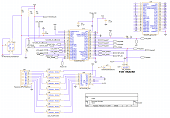
Microcontroller Schematic
Microcontroller Trainer
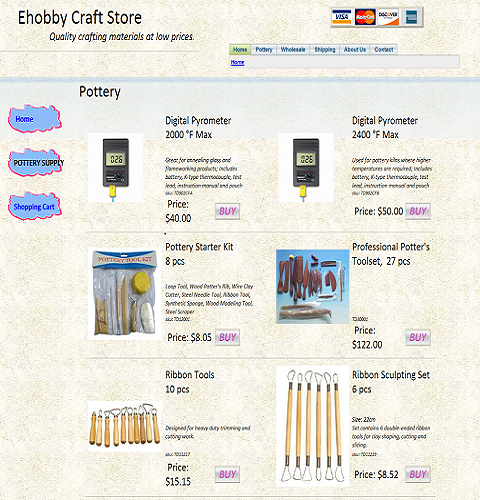
Ehobby Craft Store
This eCommerce initiative involved importing various craft supplies from China wholesale and re-selling to the artist community in the USA.
Advertising/marketing deployed mainly on social media. Sales were not going well... a bit worrisome since I then had a garage full of supplies with no prospects of recouping my investment...and finite time since I still held a full time job in parallel.
I refocused the business to begin re-selling wholesale to retail stores. Alot of cold calling was done during weekends to store managers and owners. I pointed to the Ehobby website for 'credibility'...and at last.. sales!!
The fun part about operating the store was learning all the ingredients needed to run the business. This included freight forwarding, logistics, developing value propositions, creating payment plans, website maintenance, avoiding delays and creating promotions (hint: providing free samples can result in a great return on investment!).
A few clickable thumbnails below show various pages from the website. Categories include painting, pottery, molds and pyrometers.
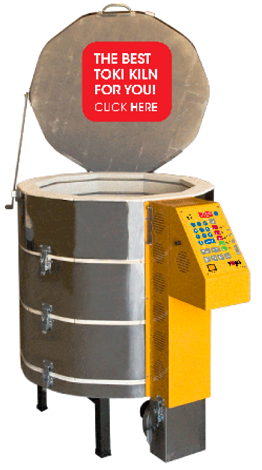
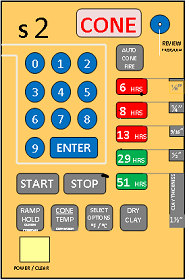
TOKI Design Systems
One of my customers in the Ehobby venture was a craft store owner located in the Bay Area (near San Francisco). An opportunity inspired from our conversations was the development & sales of a temperature controller for kilns. The controller circuit is mounted on the back of the faceplate (see panel at left). The market looked good with lots of feedback from users about difficulty in using competitive solutions.
Here's the circuit I designed...a 4-layer board with sensors operated by an on-board microcontroller. Temperatures (up to 1300 °C) are measured with a thermocouple outputting a current proportional to temperature...then measured by the controller. A sound synthesizer was added to provide voice prompts for the user as well as an accelerometer for earthquake protection.

